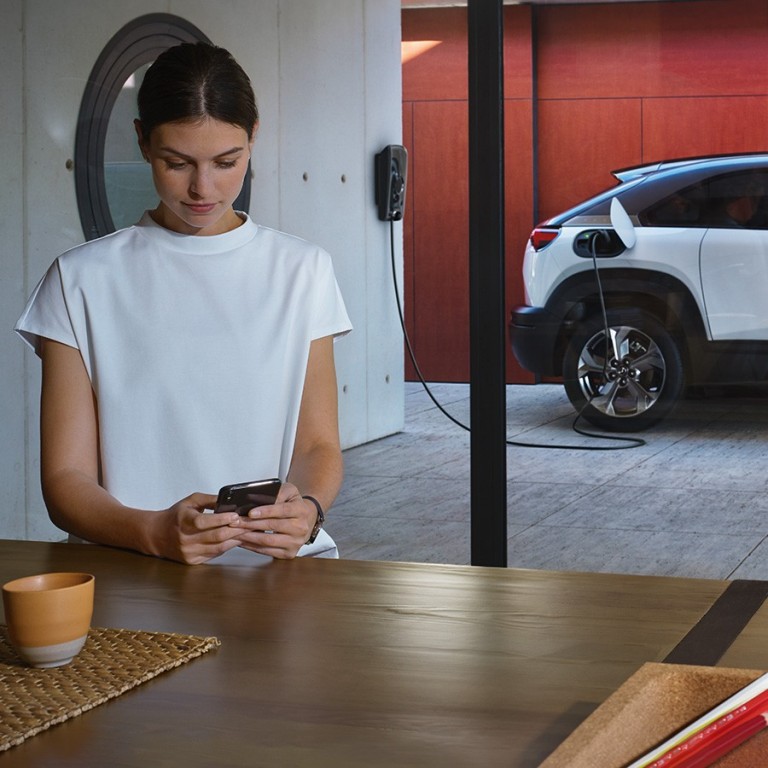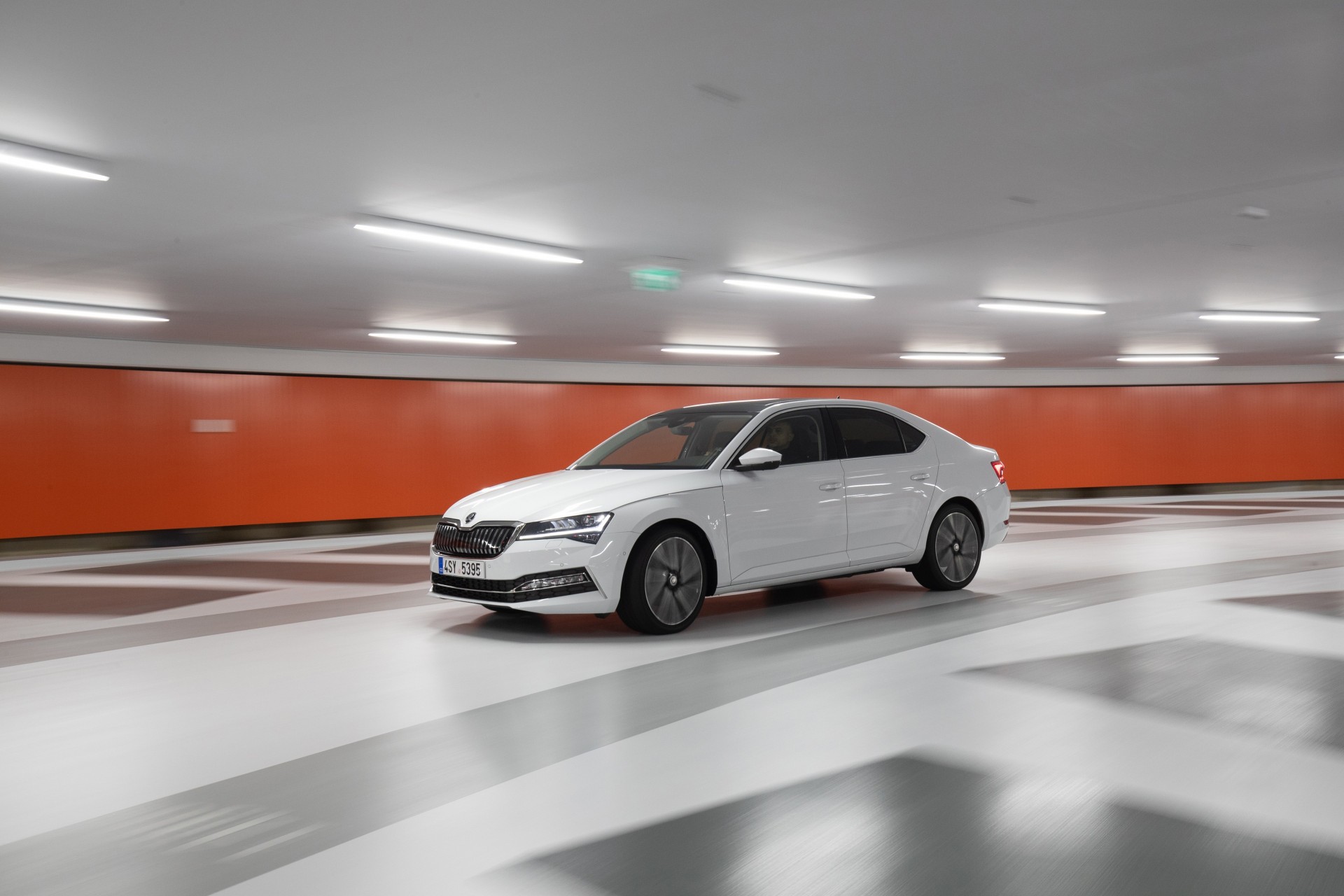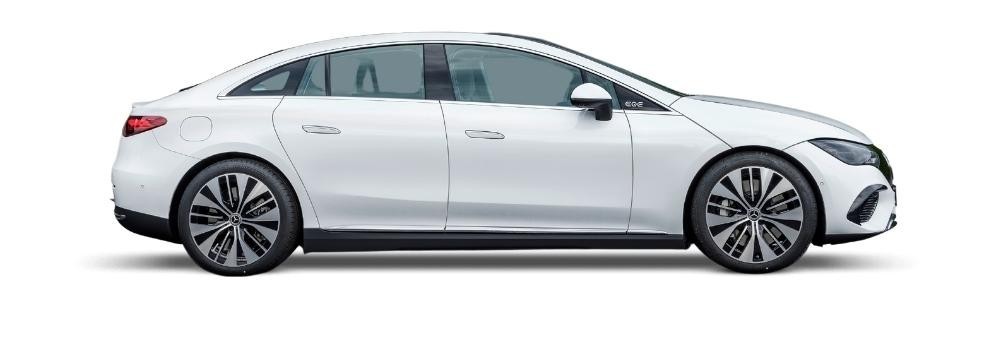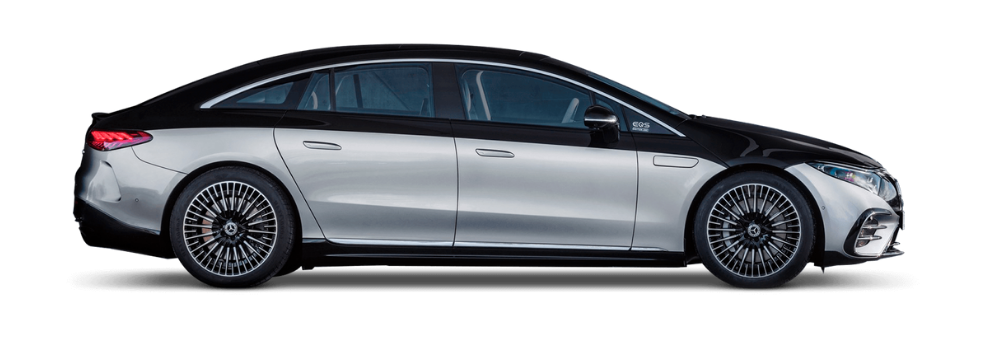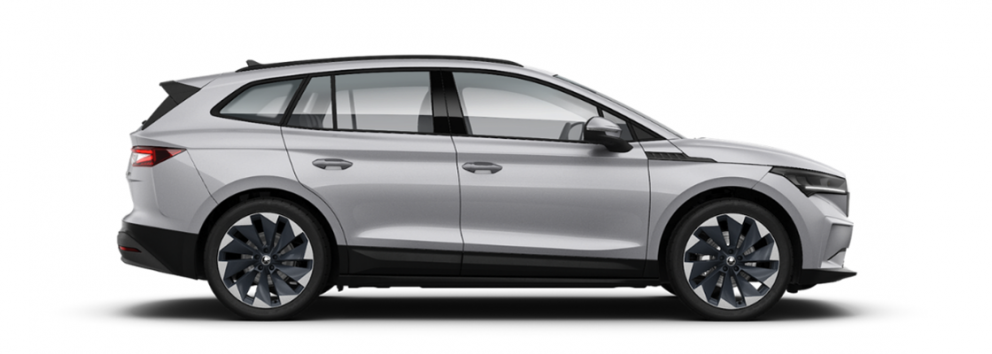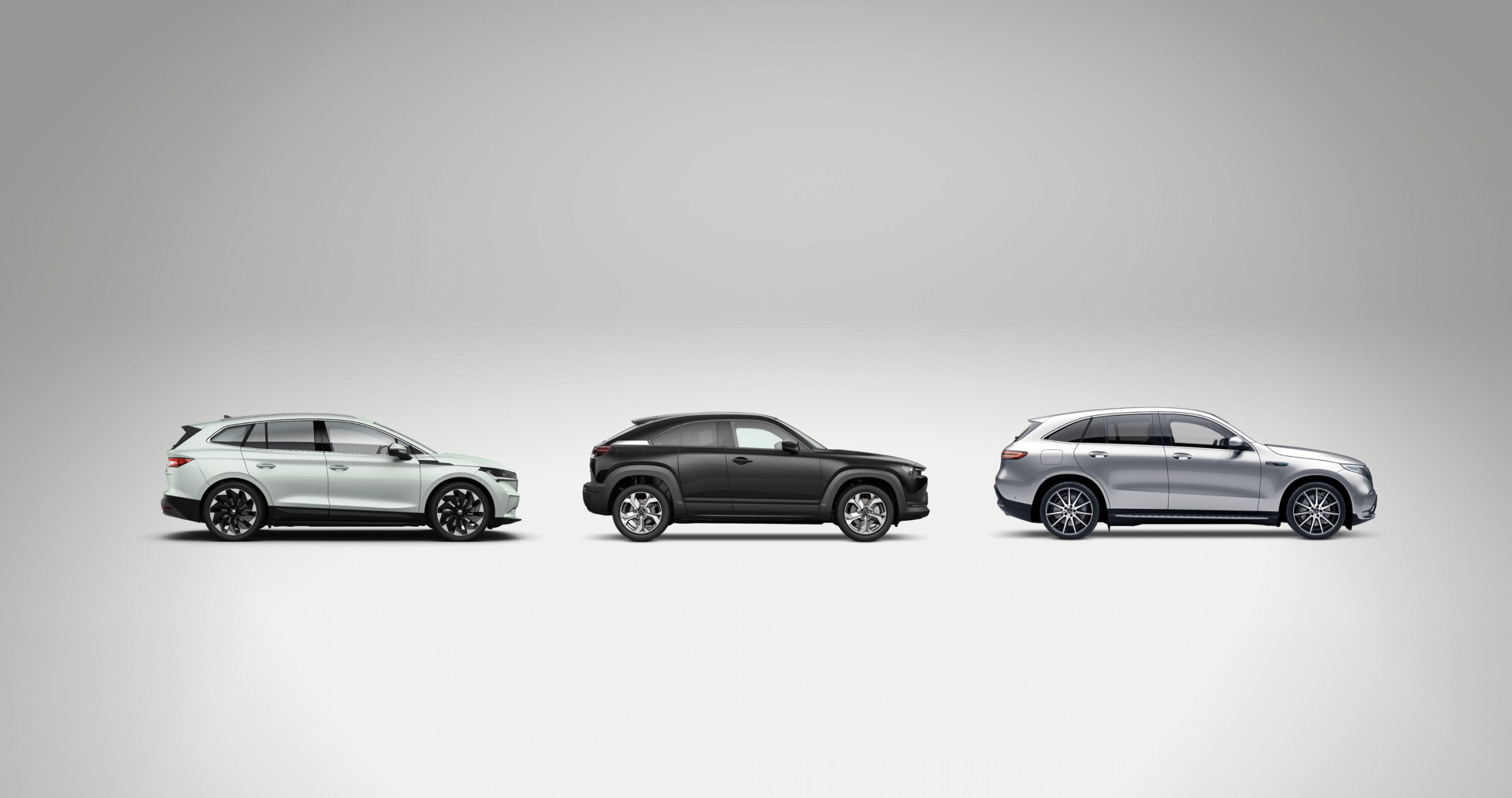
About Electric Vehicles

About Electric (BEV) Vehicles
A Battery Electric Vehicle is a fully electric vehicle, meaning the only source of power is via a rechargeable battery. They do not have the traditional combustion engine and therefore the design flexibility is increased as the usual constraints do not exist, the battery for instance powering the vehicle can be spread across the floor which improves traditional weight distribution.
Advantages of Electric Vehicles
- EVs produce no tailpipe emissions, making them environmentally friendly and a key solution for reducing air pollution and combating climate change.
- Electric motors operate almost silently, offering a smoother and quieter driving experience.
- Electricity is typically cheaper than petrol or diesel, and EVs have fewer moving parts, which reduces maintenance expenses over time.
- €120 motor tax per annum.
- €3,500 SEAI Grant & €300 Charger Installation Grant Available.
- EVs often deliver instant torque, providing quicker acceleration and a more responsive driving experience.
- EVs use regenerative braking to recover energy during deceleration, improving overall efficiency.




